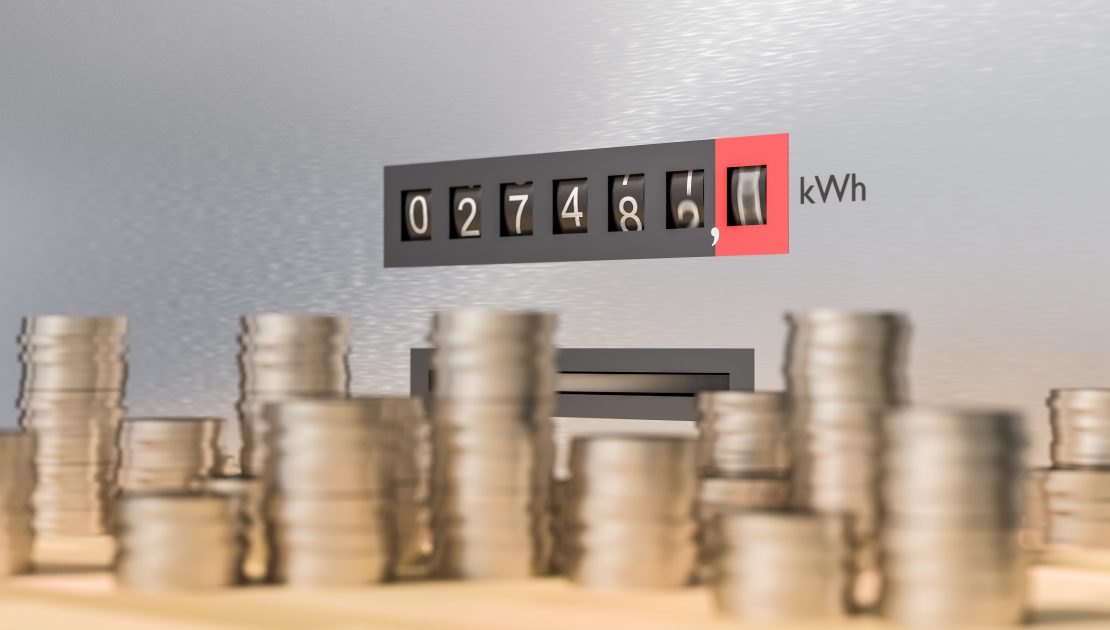Unfortunately, energy bills are something we all have to pay for which most of us do without putting in any second thought. However, with energy bills souring in the current energy crisis, there’s never been a better time to take a step back and evaluate what you can do to improve your business’s energy efficiency, driving down carbon emissions and costs in the process.
7 Tips to Reduce Business Energy Costs

To help you reduce your energy costs, we’ve put together a simple list of not-so ‘shocking’ tips to drive down your business energy costs.
1. Conduct an energy audit
It’s harder to save money if you don’t know in what areas you’re losing it. Energy audits typically last between 4 to 6 hours and the purpose of them is to identify areas of your business where energy use is having a negative financial impact on your company. Effective energy audits present the information in a way that’s easy to understand and suggests actions that you can take to reduce your usage. Some energy suppliers even provide them for free as part of their business offering which is something that might be worth checking with your current supplier.
2. Install Solar Panels
Solar power is the fastest growing and cheapest energy source in the world, however, some people are swayed away by the initial upfront cost, despite solar panels usually having a rather short payback period depending on the size of the solar array installed. Solar panels lower your energy bills, create energy from a renewable energy source, and have a long life span and a low maintenance cost, just to name a few benefits. If you haven’t considered looking into solar panels yet for your business, we’d consider you did.
3. Install a Battery
If you’re going to install solar panels, we’d recommend combining them with a battery for maximum benefits. Batteries allow you to store any excess electricity generated using your solar panels, you can then use this energy during peak times of the day (between 4 and 7 pm) when the price of energy from the grid is at its highest. You can also sell any excess energy back to the grid to generate an extra income stream for your business.
4. Turn lights and devices off when not in use
This is an age-old trick but something a lot of us unfortunately still forget to sometimes do. According to the UK government, businesses could be saving £1.1 billion by being more efficient with their lighting. To take things one step further, you could even install Occupation Sensors that only turn on when they detect movement. Leaving appliances on standby instead of unplugging them is also unnecessary drainage of energy. According to Energy Saving Trust research, between 9-16% of the electricity consumed in homes is used to power appliances when they are in this standby mode. This usually occurs in places of work as employees are not responsible for paying the energy bills and therefore don’t care as much about unplugging devices. One method to stop this is by making someone responsible for unplugging all devices before leaving work. Bringing about a positive change within a workspace doesn’t just involve the technology element but also the human element. Once all the employees understand the value and importance of this common goal to reduce their carbon footprint, getting that carbon goal will be a much smoother process than just liaising from the top.
5. Replace Incandescent Lightbulbs with LEDs
Most workspaces have already done this, but switching from incandescent lighting to LEDs is an easy money saver. LEDs use over 75% less energy than incandescent lighting, which means less cost.
6. Monitor and Control your Energy
In order to be as efficient as possible with your energy consumption, accurate monitoring of your energy and assets is crucial. Smart Meters and sub-meters are one way to better improve your awareness of energy consumption. By changing behavioral habits and informing decisions to buy more energy-efficient appliances there is less pressure on the electricity grid. Energy efficiency dashboards such as the Q Energy dashboard are also being used more commonly to monitor energy costs, consumption, carbon output, and asset performance as well as to notify users of any abnormal energy patterns.
7. Purchase energy-efficient office equipment
Old electrical equipment which isn’t running efficiently could be costing your business money. Buying new equipment can be costly, so we’d only recommend a slow transition and getting rid of old equipment when it starts to break or you have a budget to replace it. In Europe, all electrical appliances are graded based on their efficiency, which is determined by the amount of energy the device uses each hour. The lower its consumption, the better the grade, with A+++ being the best and G the worst.
Hopefully, this list has inspired you with ideas on how to save money for your business. If you’re a business that would like to find out more about any of the above mentioned, feel free to send an inquiry at contact@qenergy.ai
